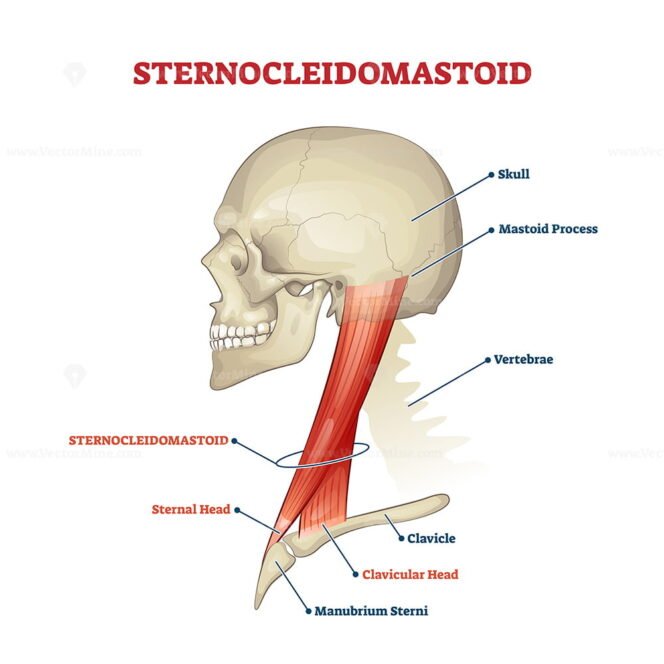


The TFMG structure was examined using scanning electron microscopy and X-ray diffraction, while electrical properties were examined using inductance/capacitance/resistance spectroscopy, cyclic voltammetry, and Hall effect measurements. The data that support the findings of this study are available from the corresponding author, upon reasonable request.Ĭo-based (Co75Si15B10) thin-film metallic glass (TFMG) with nanometric thicknesses (100~300 nm) was investigated for its structural, electrical, and optical properties. Polymer-supported films represent a unique model material system which enables easy characterization of the tensile behavior of metallic glasses and provides an opportunity to gain new insights into the fundamental mechanisms of shear banding. Shear banding is shown to be the fundamental deformation mechanism for different film thicknesses ranging from 25 to 1000 nm. The mechanism of effective strain hardening through de-activation of in-plane shear bands is demonstrated by means of quasi-in-situ studies.
#Neck diagrams license code hack crack#
The in-plane shear bands, which appear at higher applied strains, typically do not lead to crack formation and can accommodate both applied tensile strain and transverse compressive strain. It is shown that crack formation occurs through activation of multiple out-of-plane shear bands leading to local plasticity and neck-like shape of crack edges. Two distinctly different types of shear bands, allowed by the sample geometry, are observed and analyzed. Due to the polymer substrate, global strain localization within one critical shear band is inhibited and thus thousands of different shear bands and cracks can be examined within a single tensile sample. Here we provide a systematic study of tensile deformation mechanisms in PdSi metallic glasses employing polymer-supported sputter deposited films. Through this model out-of-equilibrium thin-film study, both the efficiency and robustness of HTSI were demonstrated, providing a better understanding of the thermally activated mechanisms of small-scale systems. In addition, differential scanning calorimetry and high-temperature X-ray diffraction were performed for comparison purposes, with excellent agreement with the HTSI results. Nanohardness measurements also enabled the crystallization fraction to be computed over time during the crystallization process. Moreover, the mechanical response of the ZrCu thin film was assessed in situ throughout the entire supercooled liquid stage, providing key kinetic information.

In addition, the brittle-to-ductile transition was precisely characterized, with remarkable agreement with the literature. This approach enabled clear identification of the physical evolutions of the amorphous coatings in only one indentation experiment, highlighting in particular the metallic glass-to-supercooled liquid transition and crystallization process. Using this technique, based on high-speed nanoindentation performed during thermal cycles, the entire mechanical evolution with temperature of a binary model ZrCu TFMG was characterized in only a few hours. This work reports the use of a new high-temperature scanning indentation (HTSI) technique to monitor the physical changes occurring in thin-film metallic glasses (TFMGs) in situ during heat treatment at the local scale.

Compared to the Au film, Au-based TFMG has the advantages of being less expensive, lacking grain boundary scattering, better adhesion to the substrate, and higher resistance to scratch and corrosion because of its amorphous structure with excellent mechanical properties. Hence, Au-based TFMG is feasible to be used as the activation layer in PSPR-based sensors. Using deionized water and ethyl alcohol with the refractive index difference of ∼0.03 as the analytes, the angle shift given by Au-based TFMG was 4° compared to 5° given by the Au film. The results showed that the Au-based TFMG could support surface plasmon resonance and gave rise to the extinction in the angle-resolved reflection spectrum. The film composition was tuned to yield the maximum Au content (∼65 at %), while the structure remained amorphous. We deposited Au-Cu-Si, an Au-based thin-film metallic glass (TFMG) of ∼50 nm thickness, as the activation layer for propagating surface plasmon resonance (PSPR)-based sensors on a BK7 glass substrate to substitute the commonly used gold layer.


 0 kommentar(er)
0 kommentar(er)
